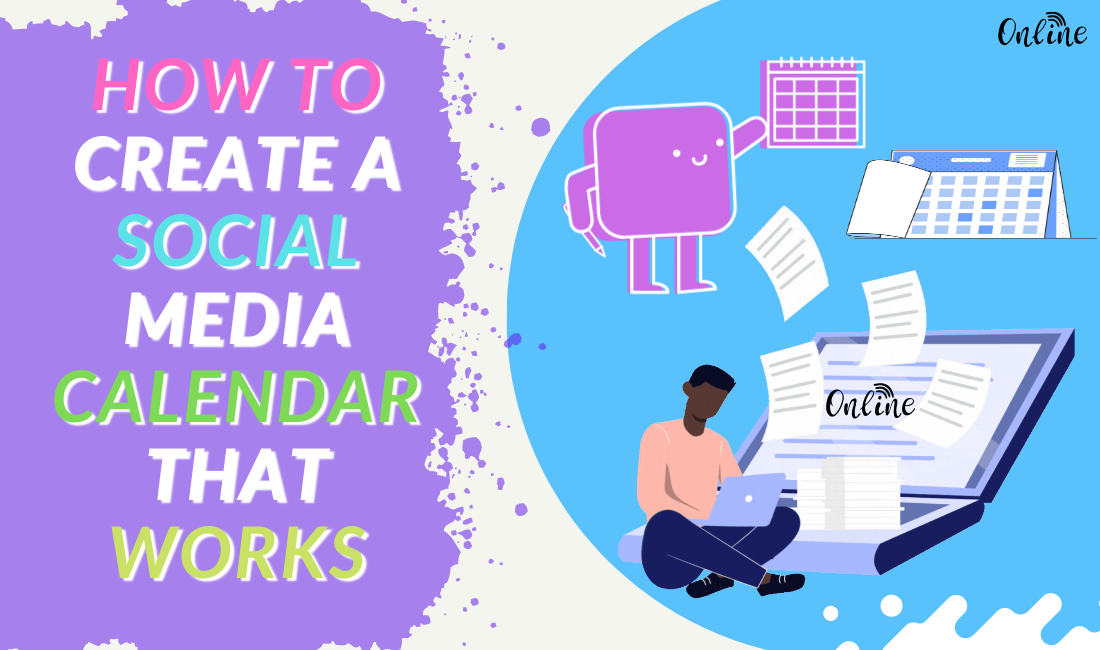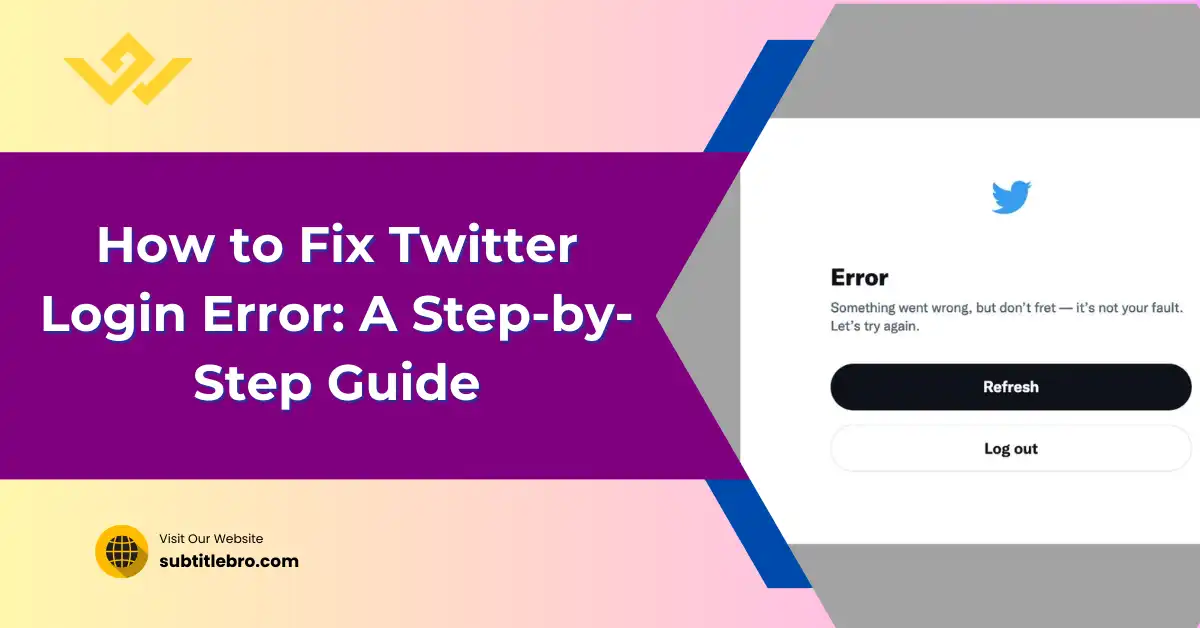How to use data for content curation
In order to keep your blog content fresh and interesting, it’s important to use data to curate content. This can involve looking at what people are talking about on social media, analyzing search engine results, and more. In this article, we’ll be discussing how to use data for content curation in WordPress, which is a popular blogging platform.
Content strategy is one of the most important aspects of any website or blog, and it’s essential that you have a plan in place to curate the content you publish. Whether you’re looking to create a consistent tone across all your content, target a specific audience, or simply keep your site updated with the latest information, data can help you make informed decisions about which topics to cover and how to do it.
What is data curation?
Data curation is the process of identifying and assembling data into a useful or accessible form. This can be done for a multitude of reasons, including for research, understanding public opinion, or informing decision-making.
How to use data for content curation
There is no doubt that data can be a powerful tool for content curation. By understanding the different types of data and how to use them, you can create more effective articles and lists. In this article, we will discuss some ways to use data for content curation.
First, you should understand the different types of data. There are three main types of data: qualitative, quantitative, and spatial. Qualitative data is information that is not quantifiable, such as a story or opinion.
Quantitative data can be measured, such as how many people have clicked on an advertisement or how much traffic a website has received. Spatial data refers to locations or objects, such as addresses or photos.
Once you have identified the type of data you need, you need to decide how to collect it. You can collect data by using surveys, interviews, or questionnaires. You can also collect data by using Google Analytics or Facebook Ads. Finally, you need to analyze the data to determine which information is most important and useful for content creation.
Tips for collecting data
One of the most important steps in content curation is collecting the data you need to make informed decisions.
Here are a few tips for getting started:
1. Use social media platforms to track what’s being talked about and shared across different channels. Not only will this help you better understand your audience, but it can also be used as a valuable source of data for content research.
2. Use Google Trends to see how often a certain term is being searched for across different time periods. This can help you determine whether a topic is trending and find new and interesting content related to that topic.
3. Use Google Sheets or another spreadsheet software to track reader engagement data (e.g., shares, likes, comments) across different posts and pages on your site. This can help you identify which posts or pages are generating the most interest from your audience and make sure you continue to produce content that resonates with them.
Types of data
In order to create content that is both engaging and useful, it is important to use data in your content curation. In this article, we will discuss the different types of data and how to use them to create more engaging content.
Text Data: Text data can be used to create a variety of textual content, such as blog posts, articles, or tweets. Text data can be found in a variety of places, including surveys, market research reports, and user feedback.
When selecting text data to use in your content, be sure to consider what type of content it is and where it came from. For example, market research reports may contain information about products or services that can be used in blog posts or articles about those products or services.
Location Data: Location data can be used to create pieces of content that are specific to a certain location or region. For example, if you are writing about travel destinations for a website focused on travel advice, location data from TripAdvisor would be a great source of information. Location data can also be used to generate pieces of content that are related to specific locations.
Choosing the right data sources
When it comes to content curation, you can’t go wrong with data. Data can provide you with insights into trends, customer behavior, and more. But which data sources are best for your purposes? Here are some tips to help you choose the right ones.
First, consider your audience. Who is your target audience, and what are their interests? This will help you determine which data sources are relevant to your topic.
Second, think about your goals. What do you hope to achieve with content curation? This will help you choose data sources that will support those goals.
Finally, consider the tools available to you. What tools do you have at your disposal (e.g., Google Search, Indeed, Crunchbase)? These tools can help you find relevant data sources and explore them more deeply.
Organizing and analysis of data
In order to create content that is both informative and engaging, it is important to have access to the right data. This article will outline some ways to use data for content curation, and discuss some of the benefits that can be achieved.
When it comes to content, there is no one right way to approach it. What works for one person may not work for another, and what works in one situation might not be the best solution in another. However, by using data in a mindful way, you can create content that is both informative and engaging.
There are a number of ways that data can be used when it comes to content curation. For example, you could use data to identify trends or patterns across different areas of your business. This information can then be used to create articles that highlight specific aspects of your business, or that offer insights into how other businesses have fared in similar situations.
Another way that data can be used when curating content is to identify target audience segments. By understanding who your current audience is, as well as who you want your audience to be, you can create content that is specifically designed for them.
Making informed decisions with data
Data can help you make informed decisions when it comes to content curation.
Here are four ways to get the most out of data when curating your blog:
1. Understand your audience. What are their interests? What are their concerns? Use this information to tailor your content to be more relevant and engaging.
2. Use data to determine what topics are worth covering. Once you understand your audience, use data to help you determine which topics are most important and worth discussing. This will help you avoid wasting time and energy on topics that won’t gain traction with your readers.
3. Analyze the data collected from your blog readership to see what trends are emerging. This information can help you make changes or updates to your content strategy as needed.
4. Use data to improve the quality of your blog content by fact-checking sources and verifying information before publishing it on your blog. This will help ensure that you’re providing accurate and up-to-date information to your readers.


